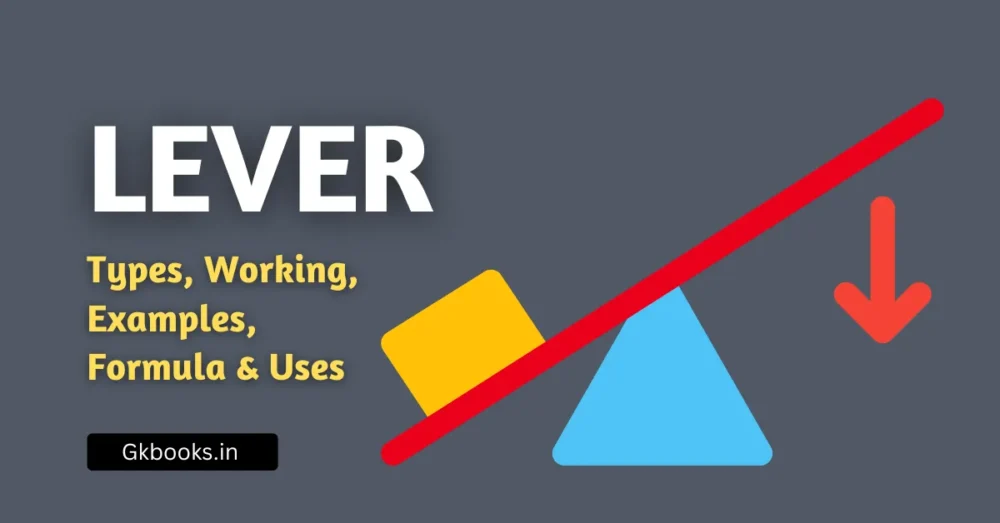Electrical power is the result of electrical energy. When an electric current flows through a circuit, it performs work. This work creates power, which can then be stored and used as energy. Electrical power is similar to mechanical power, and they can be converted from one form to another. In this article, we will explore the basics of electrical power, how power works in an electrical circuit, as well as key concepts like Electromotive Force (EMF), cells, batteries, and internal resistance.
What is Electric Power?
What is Electric Power?
Electric power refers to the rate at which electrical energy is used or converted into other forms of energy, like heat or light.
It can be calculated using the formula:

Where:
- V = Voltage
- I = Current
- R = Resistance
The SI unit of electric power is Watt (W), which is equivalent to Joule per second (J/s).
Additionally:
- 1 Horsepower (HP) is equal to 746 Watts.
Uses of Electrical Power
Electrical power is essential for a wide range of uses, including:
- Lighting: Powers lights in homes, offices, streets, and public spaces.
- Heating and Cooling: Runs air conditioners, heaters, and fans to regulate indoor temperatures.
- Appliances: Powers household devices like refrigerators, washing machines, dishwashers, and microwaves.
- Transportation: Powers electric vehicles such as cars, buses, and trains.
- Industry: Operates machinery and equipment in factories, manufacturing plants, and other industrial facilities.
- Communication: Fuels computers, servers, phones, and other devices used for communication.
- Medical Equipment: Powers critical medical devices like ventilators, MRI machines, and X-ray systems.
- Entertainment: Provides energy for televisions, gaming consoles, sound systems, and other entertainment devices.
Electric power supports nearly every aspect of modern life.
Also Read: Ohm’s Law -Definition, Statement, Formula, Limitation
Unit of Power
The unit of power is the watt (W), named after Scottish engineer James Watt. One watt represents the rate of work done when a current of one ampere (I) flows through a circuit with an electrical potential difference of one volt (V). Simply put, one watt equals 1 volt × 1 ampere, indicating how much electrical energy is used per second.
Types of Electric Power
Types of Electric Power
1. DC Power
DC (Direct Current) power is calculated by multiplying the voltage (V) and current (I) in a circuit. It flows in one constant direction.
2. AC Power
AC (Alternating Current) power is classified into three types:
- Apparent Power: This is the total power in an AC circuit, combining both real and reactive power. It represents the power supplied by the source but doesn’t necessarily do useful work.
- Active Power: Also known as real power, active power is the actual power that is used to perform work in a circuit. It is dissipated as heat and is measured in watts (W).
- Reactive Power: This power is associated with the energy stored and released by the circuit’s reactance (inductive and capacitive components). It doesn’t perform useful work but is necessary for maintaining the voltage levels in the system. It is measured in volt-amperes reactive (VAR).
What is Electric Energy?
Electric energy is the total work done by an electric current in a circuit. It represents the energy supplied by a source of Electromotive Force (EMF) to maintain the flow of current over a period of time.
The formula for calculating electric energy is:

Difference between Electrical Energy and Electric Power
| Aspect | Electrical Energy | Electric Power |
|---|---|---|
| Definition | The total amount of energy transferred or consumed over time | The rate at which energy is transferred or consumed |
| Unit of Measurement | Joules (J) | Watts (W) |
| Representation | The total area under the power vs. time curve | The slope of the power vs. time curve |
| Determined By | The total amount of work performed | The speed at which work is performed |
| Storage | Can be stored in batteries or capacitors | Cannot be stored and must be continuously supplied |
We hope you found this article on Electrical Power informative. For more insights, articles, and notes, follow the Gkbooks Facebook Page to get updates directly on your smartphone. Also, don’t forget to check out our Instagram for the latest infographics to help you stay well-prepared for your exams.


